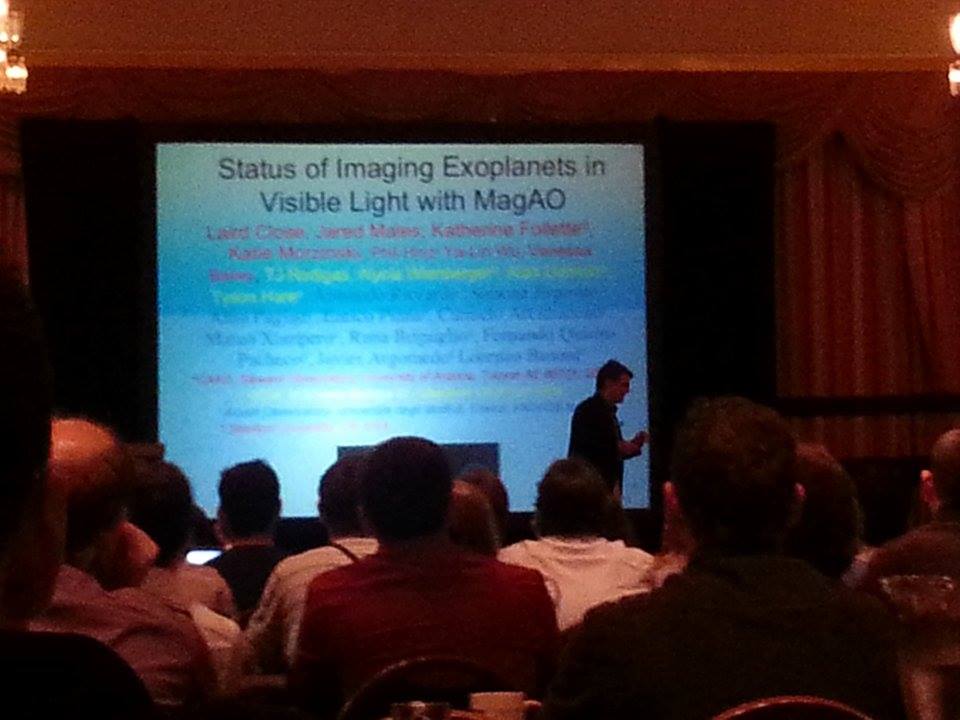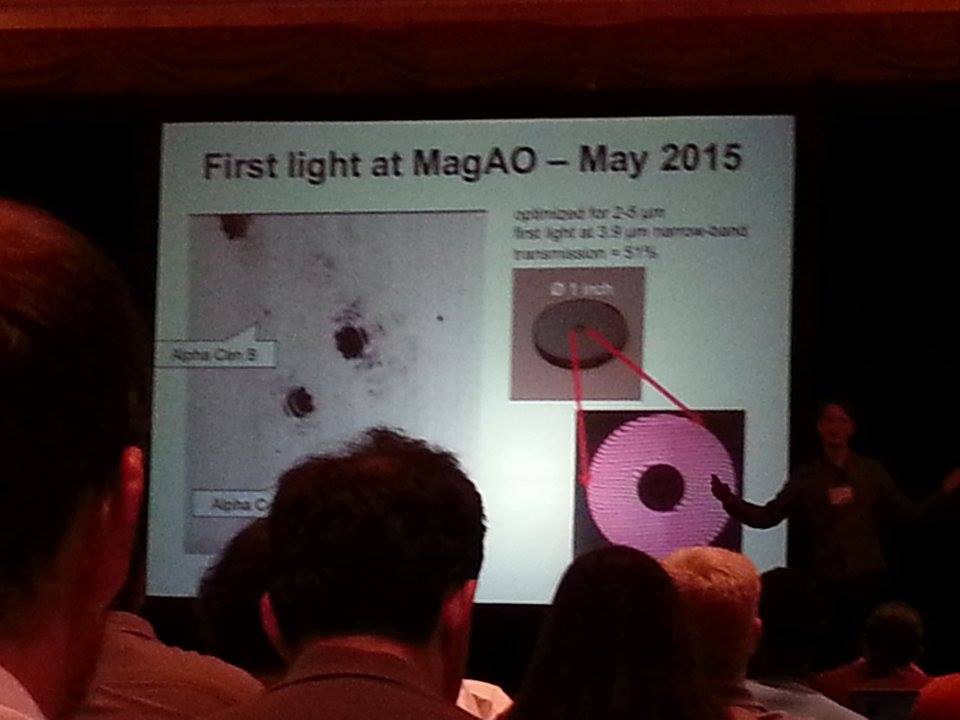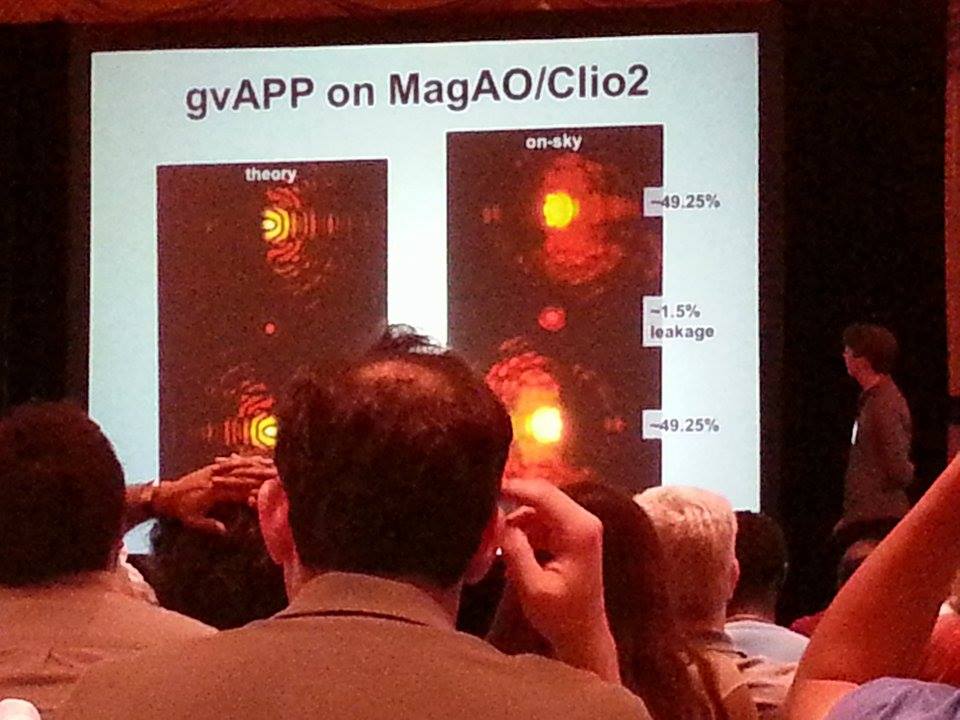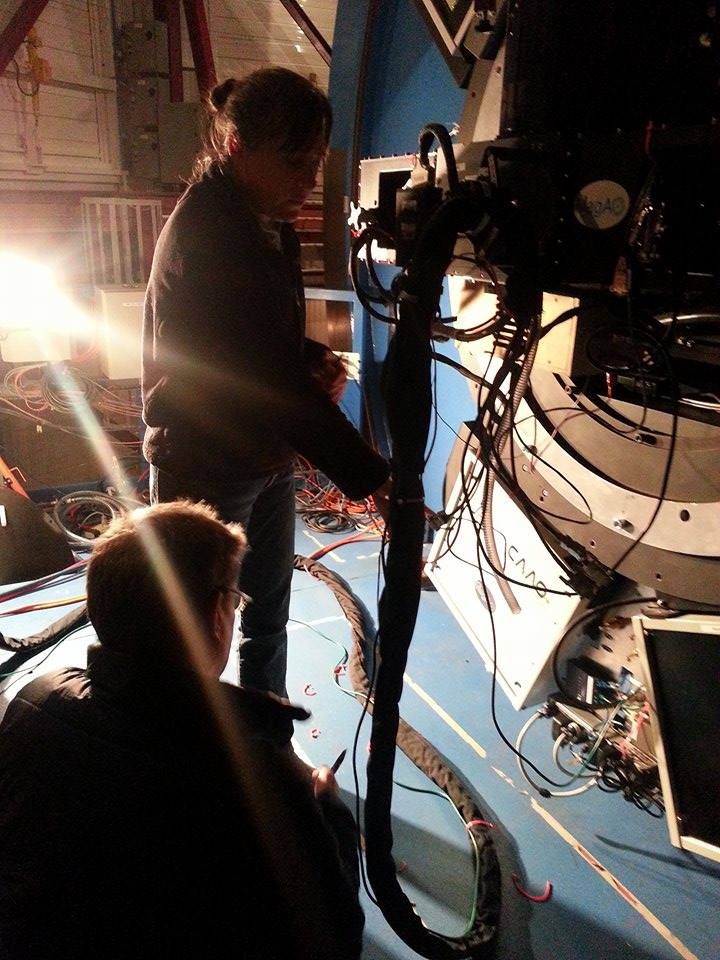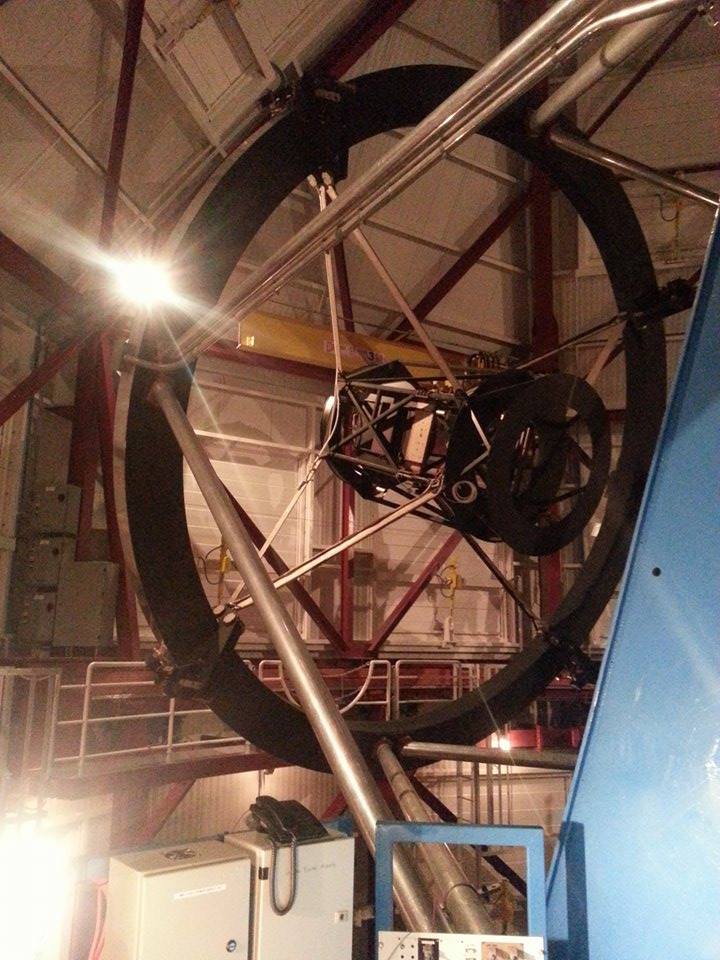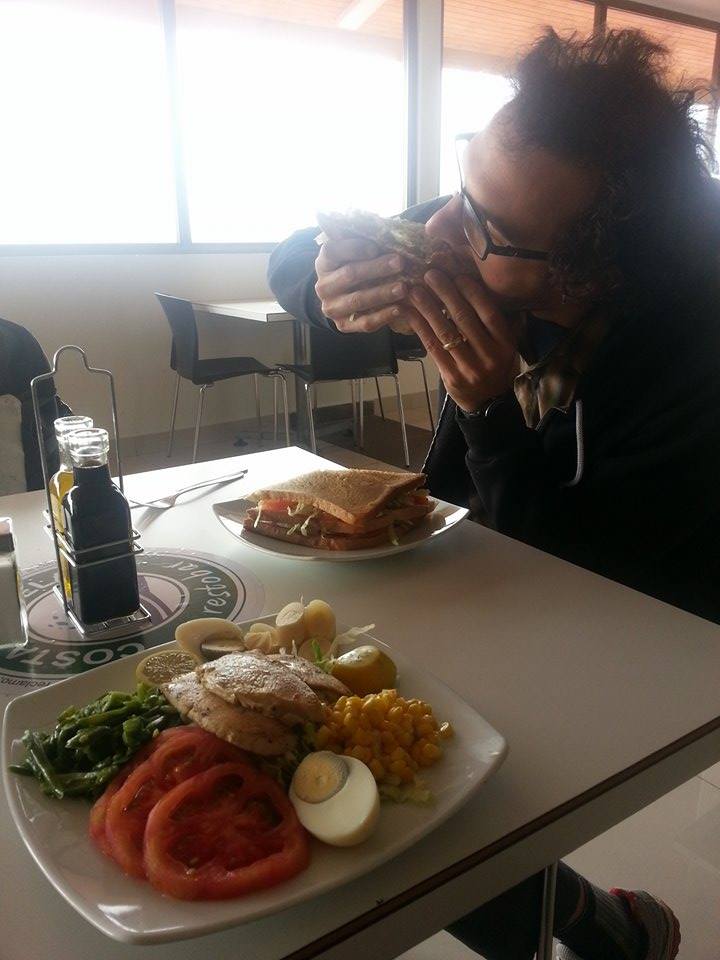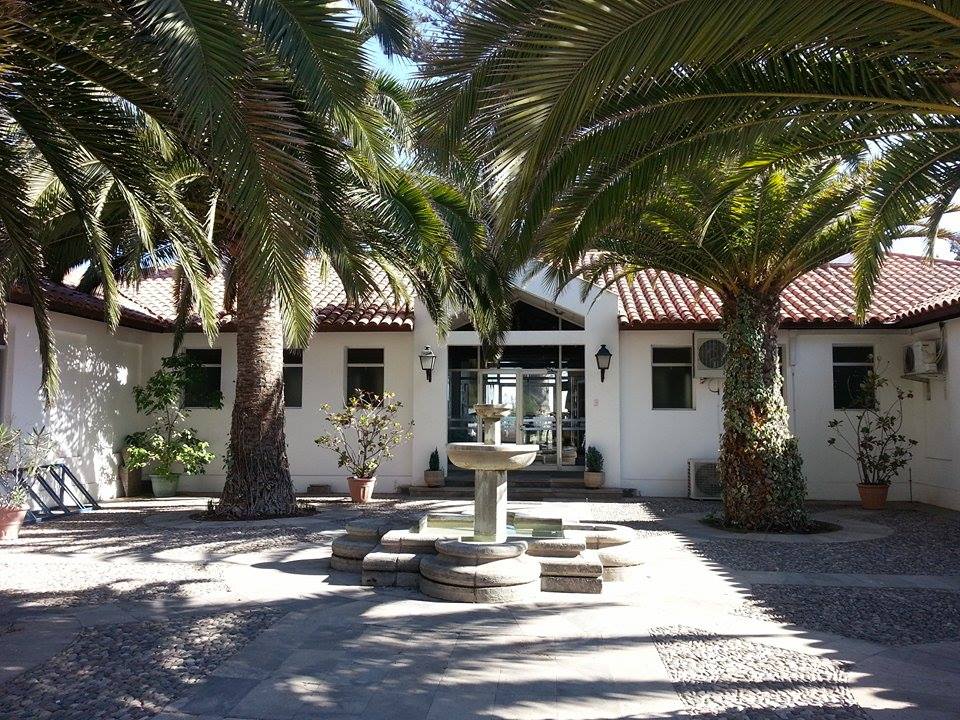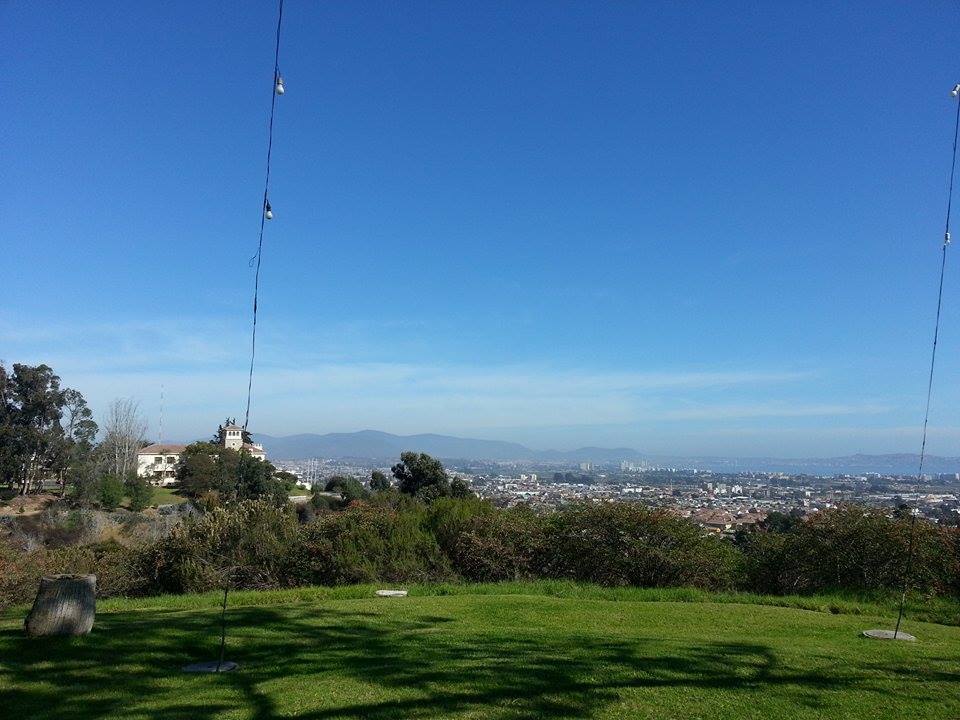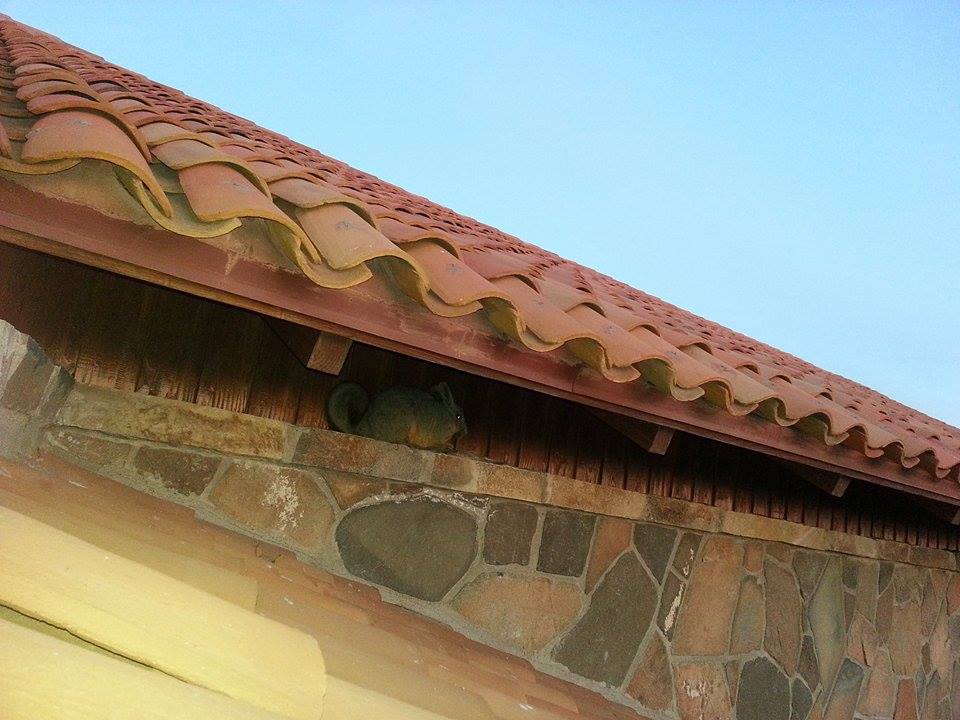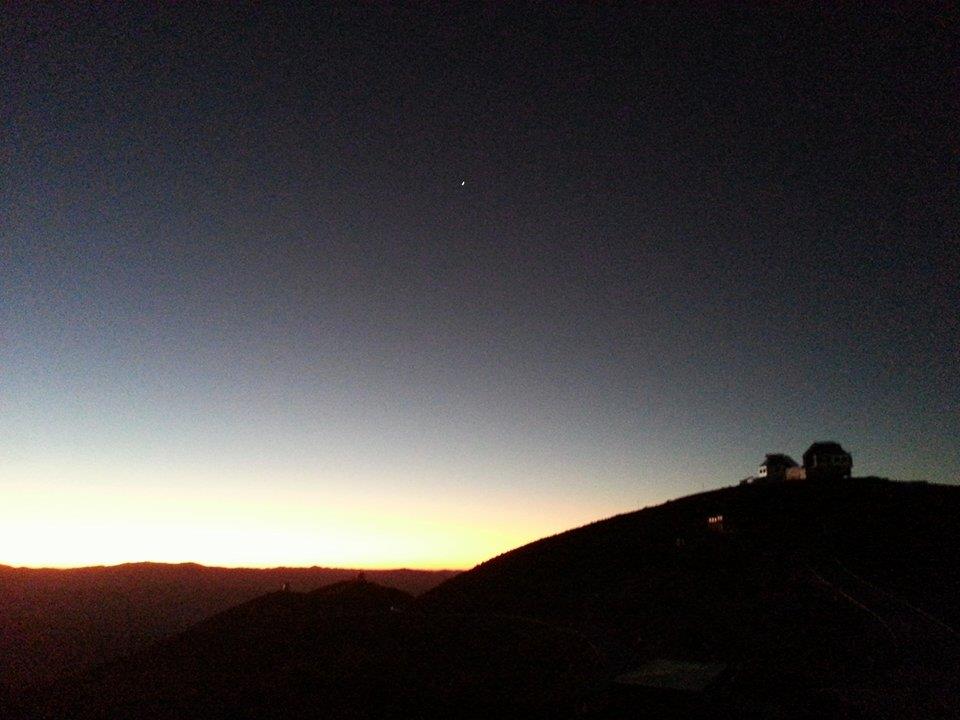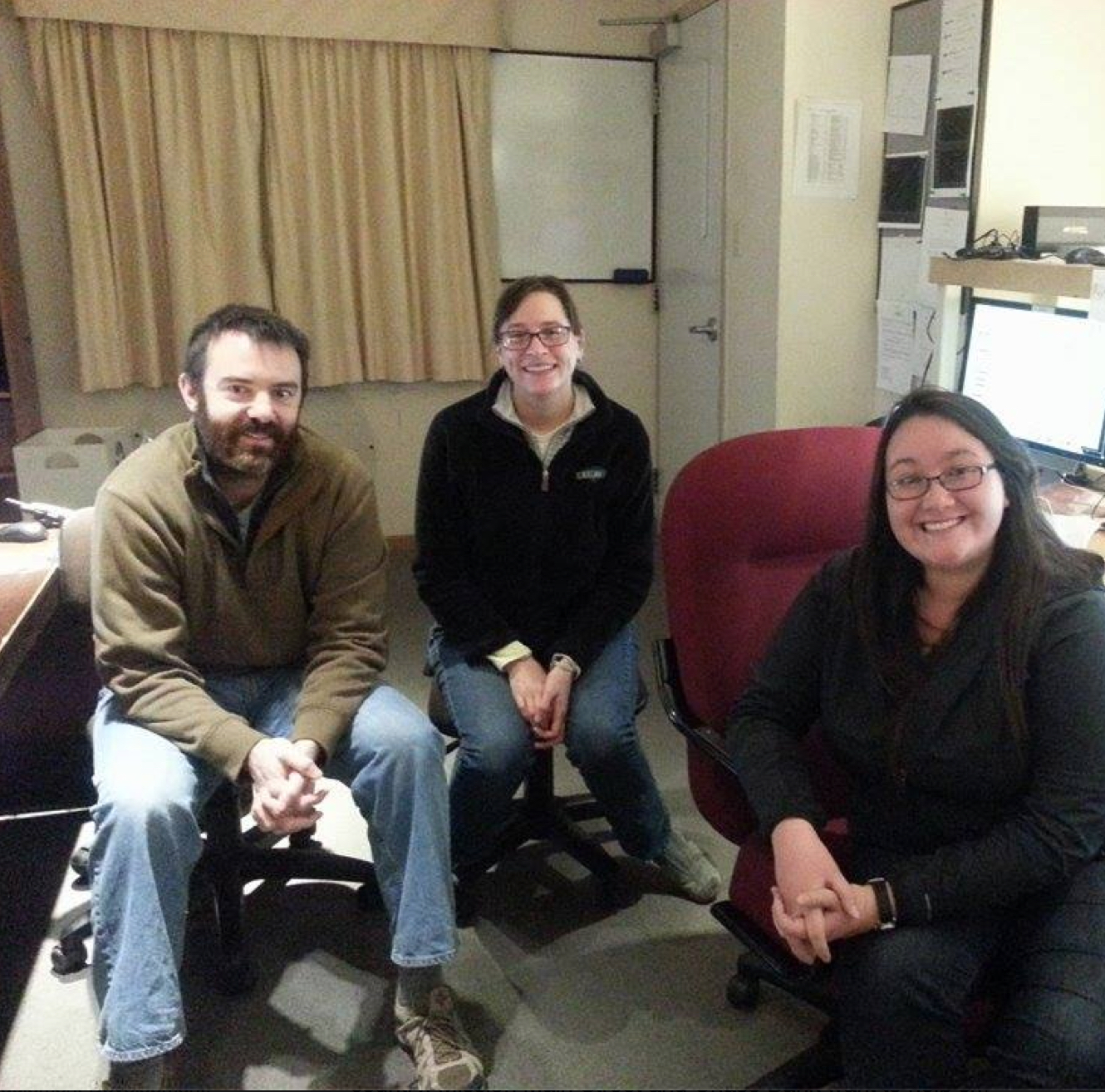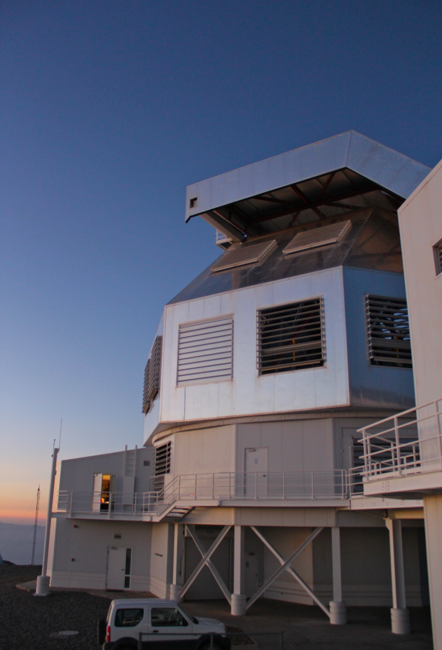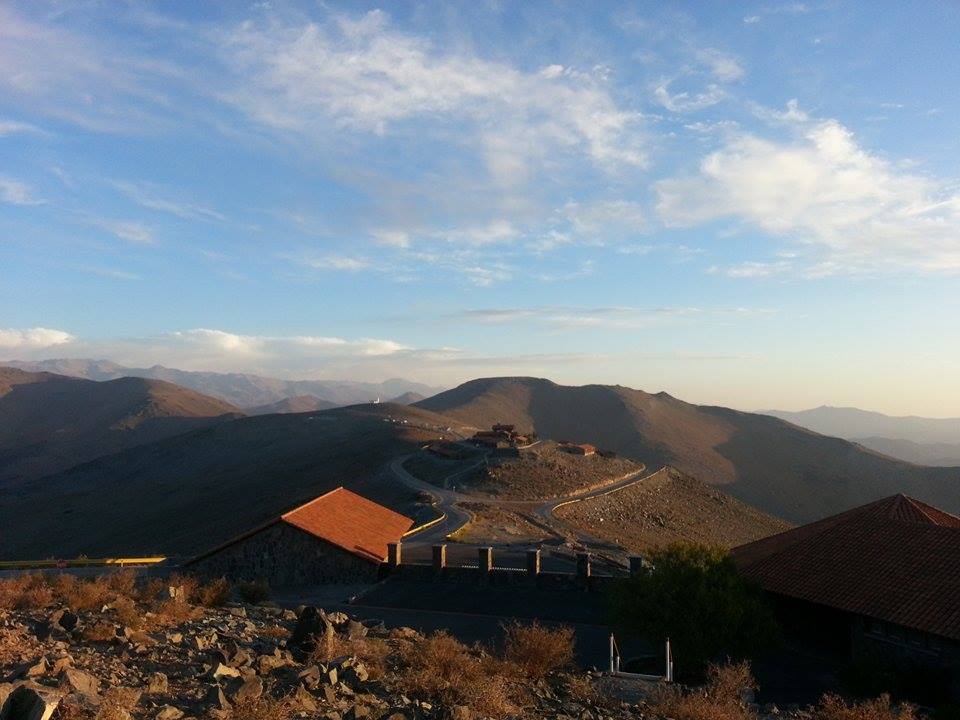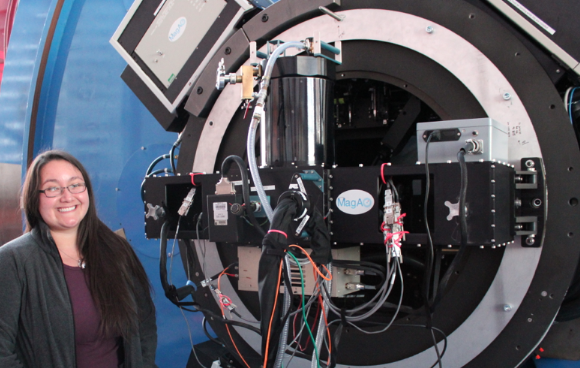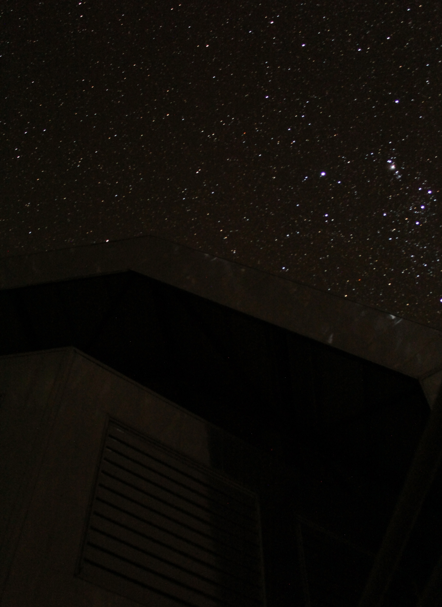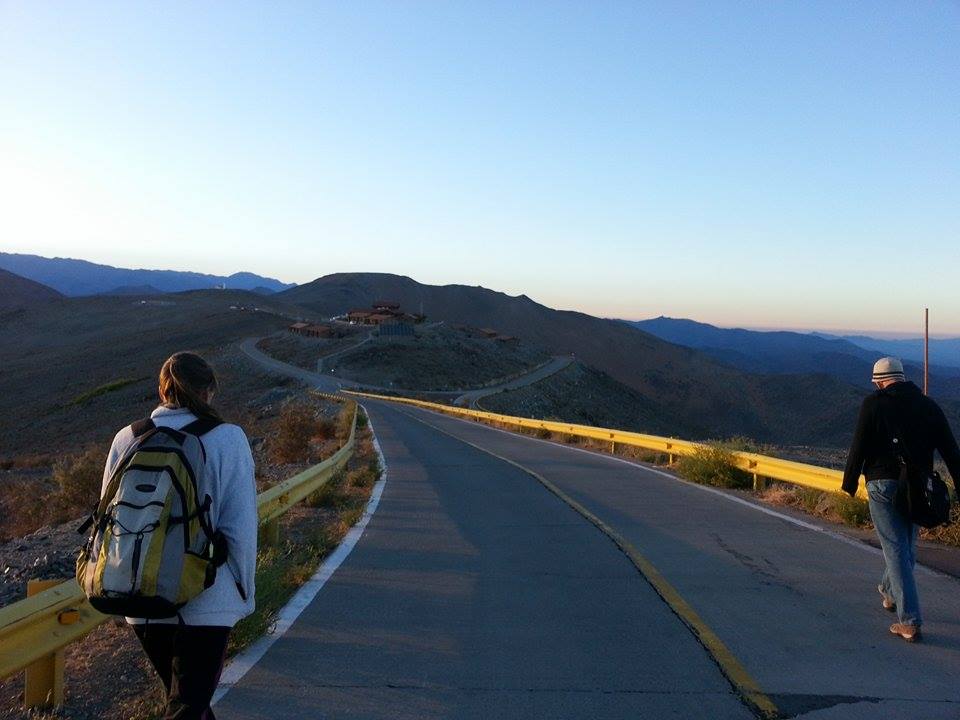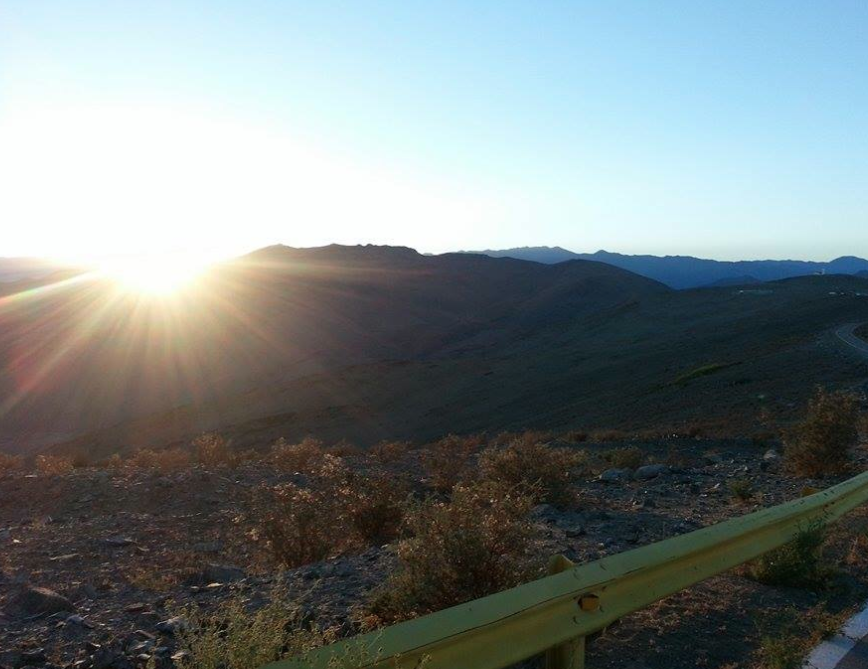While it is Day 21 of operations for the MagAO team, it’s only Night 2 of MagAO observing for me! But it is my Night 9 of observing in total: I just finished a seven-night run with the Gemini Planet Imager and mountain-hopped over from Cerro Pachón to Las Campanas on Sunday to join Katie, Jared, and company.
While last night and tonight involved re-orienting my mental muscles to speak Adaptive Secondary, our visiting observer, Julio, was busy flexing the rotational and wave-front sensing muscles of MagAO. With nice stable conditions (0″.5-0″.6 seeing) and clear skies, faint and off-axis targets were fair game — after some collective brainstorming on how best to set up rotator angles. (Those are always so tricky.) And thus Surprise #1: Closing the loop on a target of R~15.5 with only 16 photons per subaperture? You got it!
[screen shot evidence to be added]
Surprise #2: My journey between mountaintops involved an astonishing realization for me yesterday. The past two times I’ve come up to Magellan from La Serena, I’ve always immediately dozed off in the car — typically right after leaving La Serena’s town limits. The drive is about 3 hours from La Serena to Las Campanas Observatory, along the Panamericana Norta/Ruta 5:
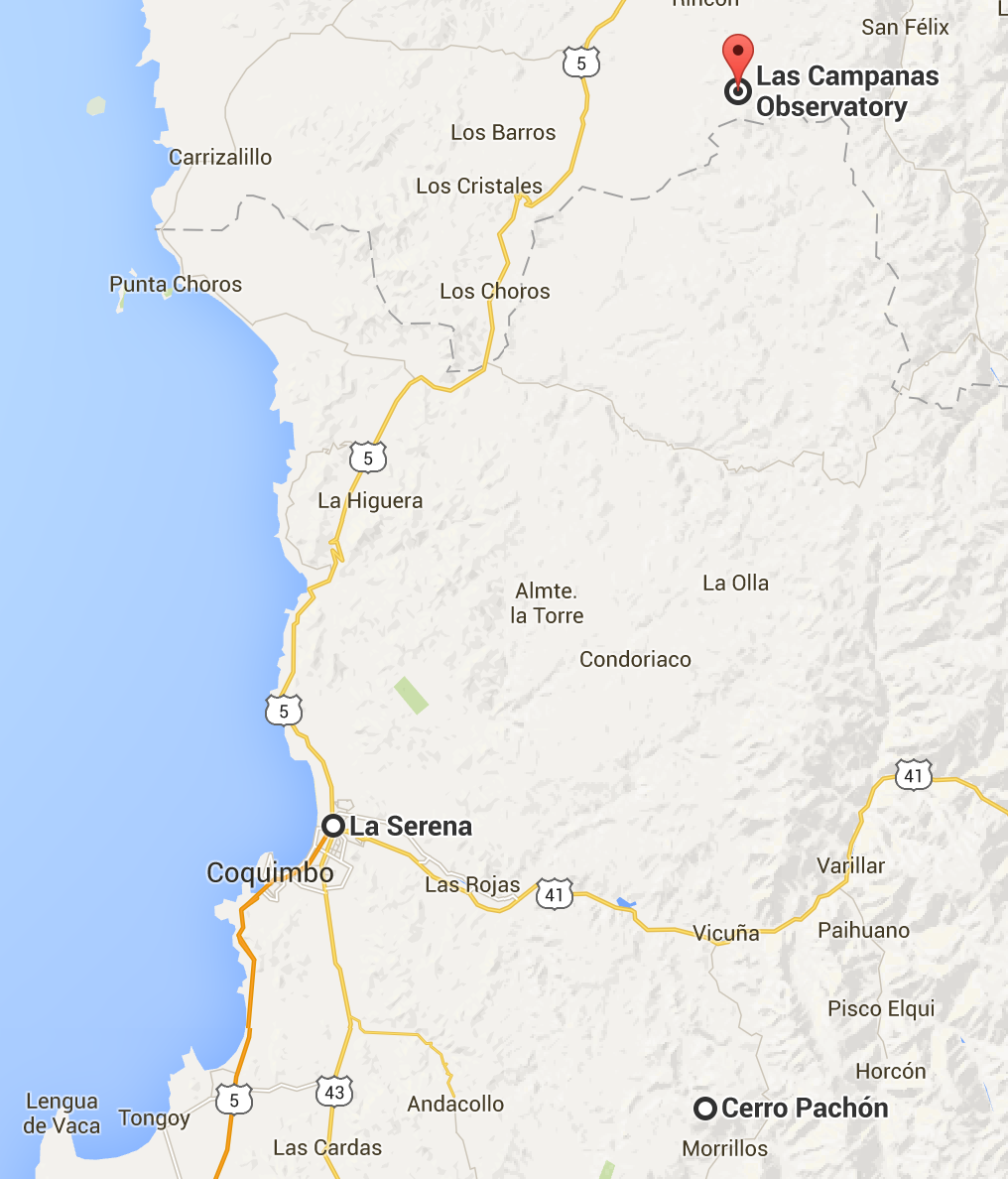
However, this time, I stayed awake quite a bit longer, and discovered to my delight that the route takes us right along the coast. I wondered at the time if it was an alternate way compared to my previous journeys (I’ve only woken up in the mountain terrain regions before). I wasn’t speedy enough to take a photo myself, but this is the gem of an area I glimpsed in my drowsy state:

Shortly thereafter, my nocturnal schedule won out and I fell right back asleep in the car. Jared and Katie assured me that the drive is, indeed, the usual route — so next time I will try to stay awake even longer. Who knows what I will discover then!
One nap later, I arrived to the observatory just before dinnertime. The late timing meant I wasn’t able to submit a night lunch request. However, I figured there was an ample supply of fruit, cheese, and cereal to tide me over at the telescope, and wasn’t too worried. Near midnight, Katie kindly realized I hadn’t a night lunch of my own and offered me a fabled LCO Empanada, as she and Jared had some of their own to share. However, Mauricio overheard the exchange, and sprung to action: “Oh, you don’t have a night lunch? Do you want an empanada? Don’t worry — I know a guy.” He made a quick call, and a few minutes later Jorge dropped by from the Baade telescope with a delivery (Surprise #3):
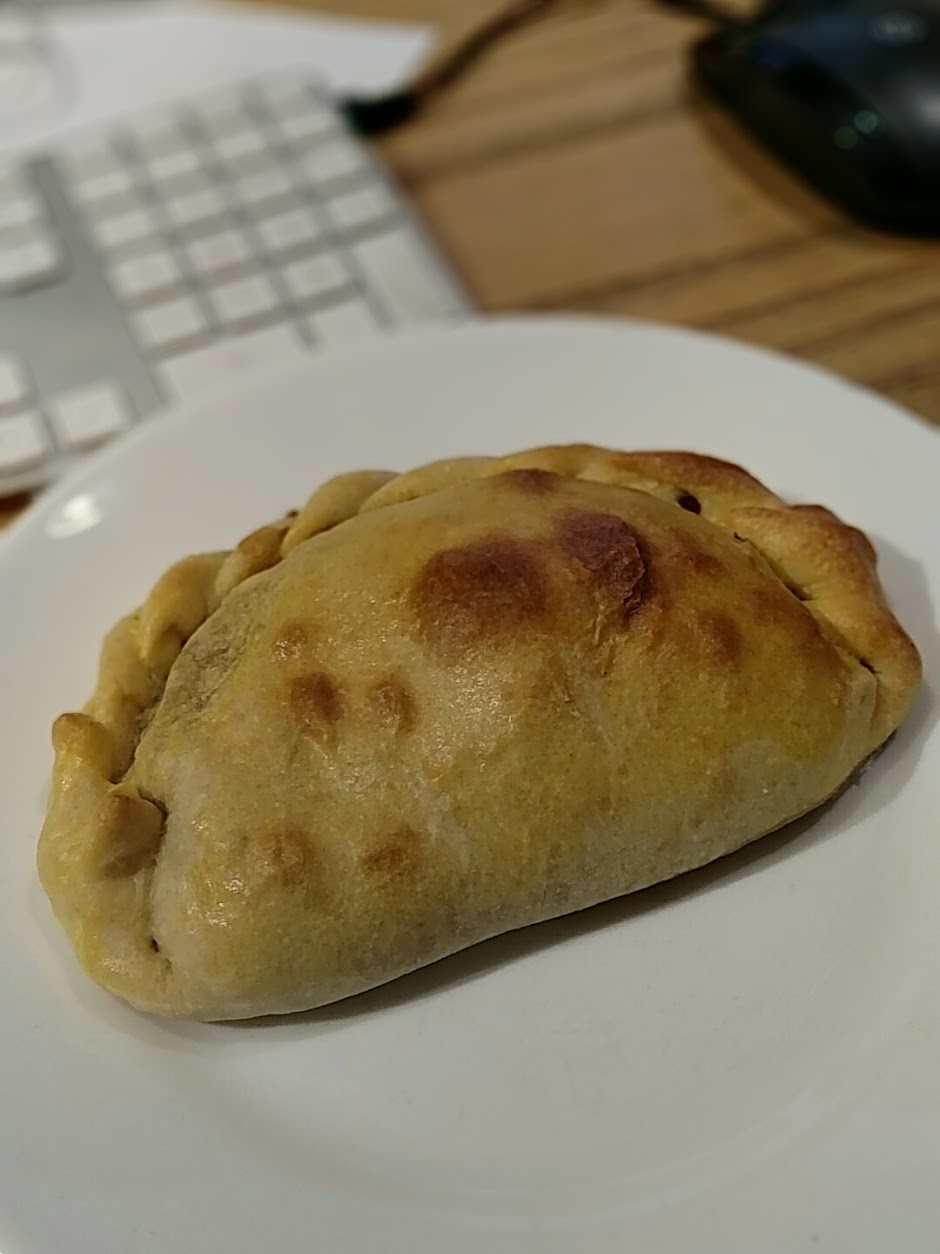
The photo doesn’t even quite do it justice (though the dramatic effect is enhanced by Google Camera’s “Lens Blur” feature — incidentally, a super fascinating read if you enjoy learning about image processing!) Mine had seafood stuffing — so delicious. I was very thankful for everyone’s generosity! And it’s no wonder why the New York Times has written articles about this famous food.
Surprise #4: I think springtime is moth season here. A few adventurous and particularly robust ones have wandered into the control room, flittering about the lights and casting bird-sized shadows on our keyboards while we work. Unfortunately, their dive bombs can be a bit distracting… Especially when inter-species warfare occurs right overhead. At one point, something that looked awfully like a (non-poisonous, Hernan assured us) scorpion descended from the overhead lights and settled on the ground right next to our chairs.
It seemed one of the moths and the scorpion duked it out in the overhead lights, and the vanquished scorpion took a tumble down toward us. Or… Perhaps it was a flying scorpion? Unfazed, it skittered away while we discussed the finer points of whether or not the scorpion family has an airborne subspecies in South America. Until…
Katie: “It seemed like it was flying, and then I saw it run away…”
Jared: “Hmm, where did it go? Where was it headed?”
Katie: “Right toward you!”
Jared: “… Wait, what?”
Then this happened:

Flashlight in hand, Jared and Julio spotted our insect (or arthropod?) friend beneath the desk, presumably until it crawled away toward greener, moth-free pastures. I’m not sure we ever answered the question of flying scorpion existence though — we await confirmation from our entomologist readers.
We had two more surprises last night — a little family of baby birds nesting right outside the control room door (pleasant surprise), and some baffling sources of astigmatism that became increasingly worse throughout the night (not-so-great surprise) — but those might be best saved for later pending photographic evidence and further investigation, respectively.
And to close out the past 48 hours filled with unforeseen, fortuitous, and/or unpredictable things, here is an appropriately titled song:
EDIT! I have been informed that the 2015B music rules are a little different this time around, and I need to come up with a different selection — one that is somehow related to the previous post’s music (Jared’s choice of Mother by Danzig).
Okay, so here is my alternate selection:
Unnecessarily Complicated Explanation: I actually haven’t heard the band Danzig before today, but the name sounded familiar. (Turns out Danzig is so named for the surname of the lead singer, Glenn Danzig.) Google tells me that Danzig is also an alternative name for the city of Gdańsk in Poland (which incidentally has a rich history, particularly in both the first and second World Wars). This made me curious about which popular songs people in Poland are listening to right now, so I looked up their current top 10 charts. And the first song in Polish on that list is W Dobra Strone (“In the Right Direction”) by Dawid Podsiadlo. It’s pretty catchy!
